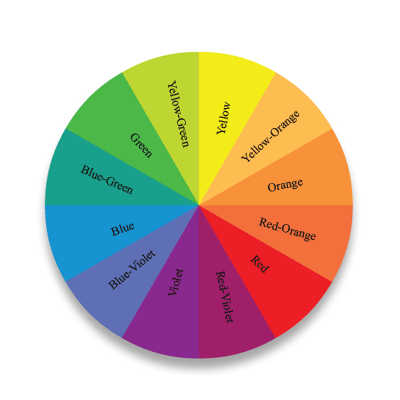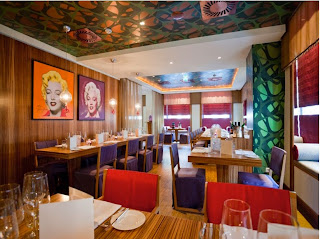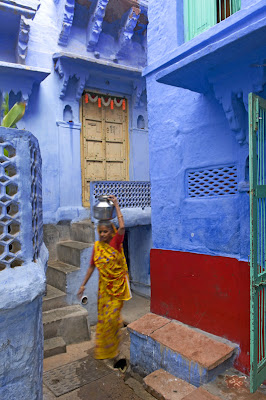I always loved this set of small anodized aluminum dessert plates and bowls my mother had in her home. They are one of my favorite mid-century modern items she had. Luckily she recently let me have them and we now lovingly use them whenever we have dessert. It is especially nice to eat ice-cream out of the bowls, since the aluminum keeps the ice-cream cold. But my favorite thing about them is the range of colors - I am missing a few specific colors (lime green for example) but eating a special birthday cake on top of a bright purple plate just makes you smile.
The enamelware is from a company called Emalox in Norway and they were manufactured between 1960-1969. You can see some other examples of Engø's designs here: https://digitaltmuseum.no
The designer of these bowls was Bjørn Engø (1920-1981), was an interior designer and enamel artist. He was educated at the National Arts and Crafts School in Oslo. In the mid 1950s Engø started designing bowls, plates and ashtrays in enameled aluminum for Emalox at Ryen in Oslo. The basic forms of these products, and their fresh colors became very popular and are today sought-after collectors items.
The set pictured below is selling on 1stdibs.com for $4,437 for 52 pieces

















































